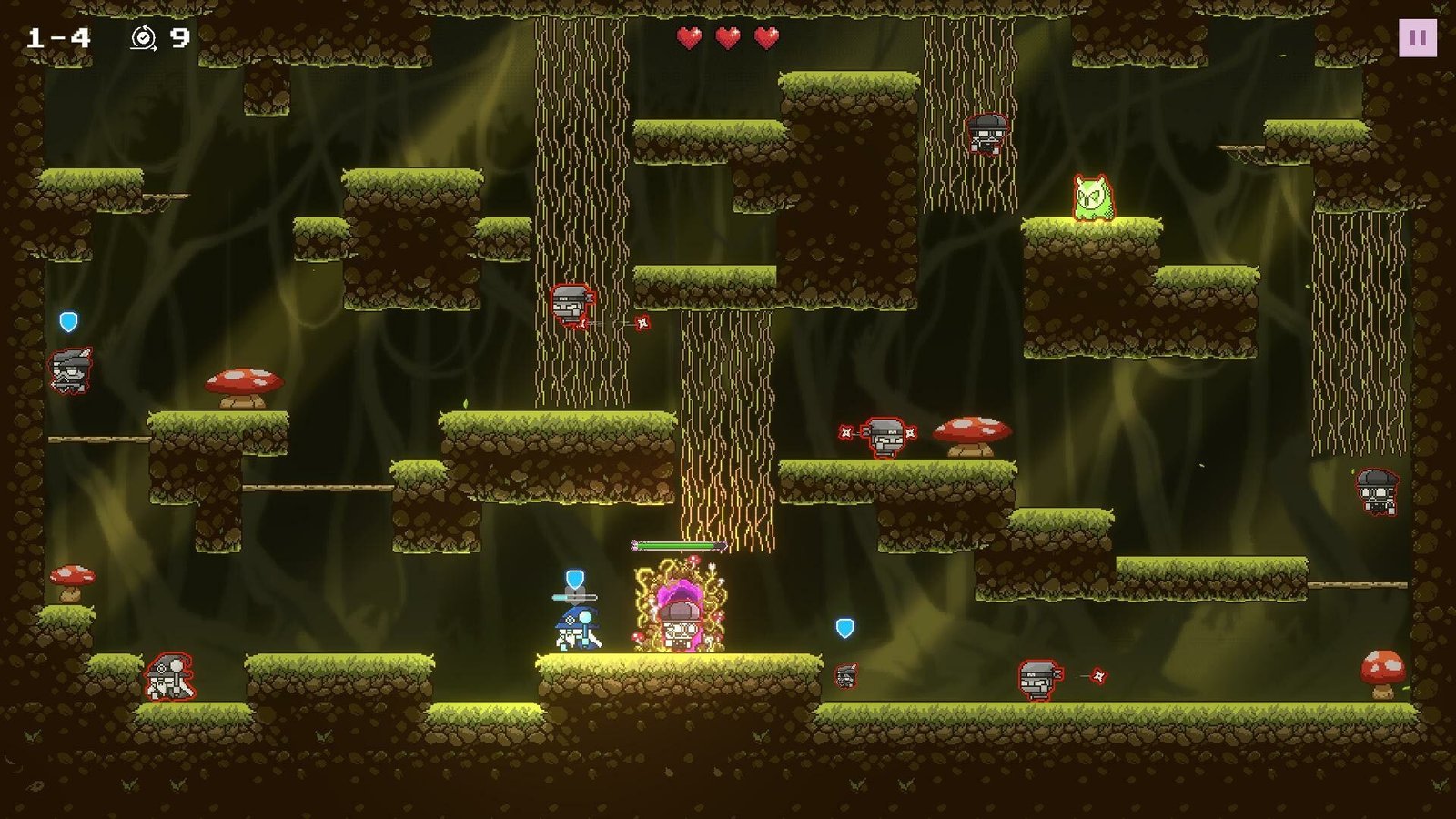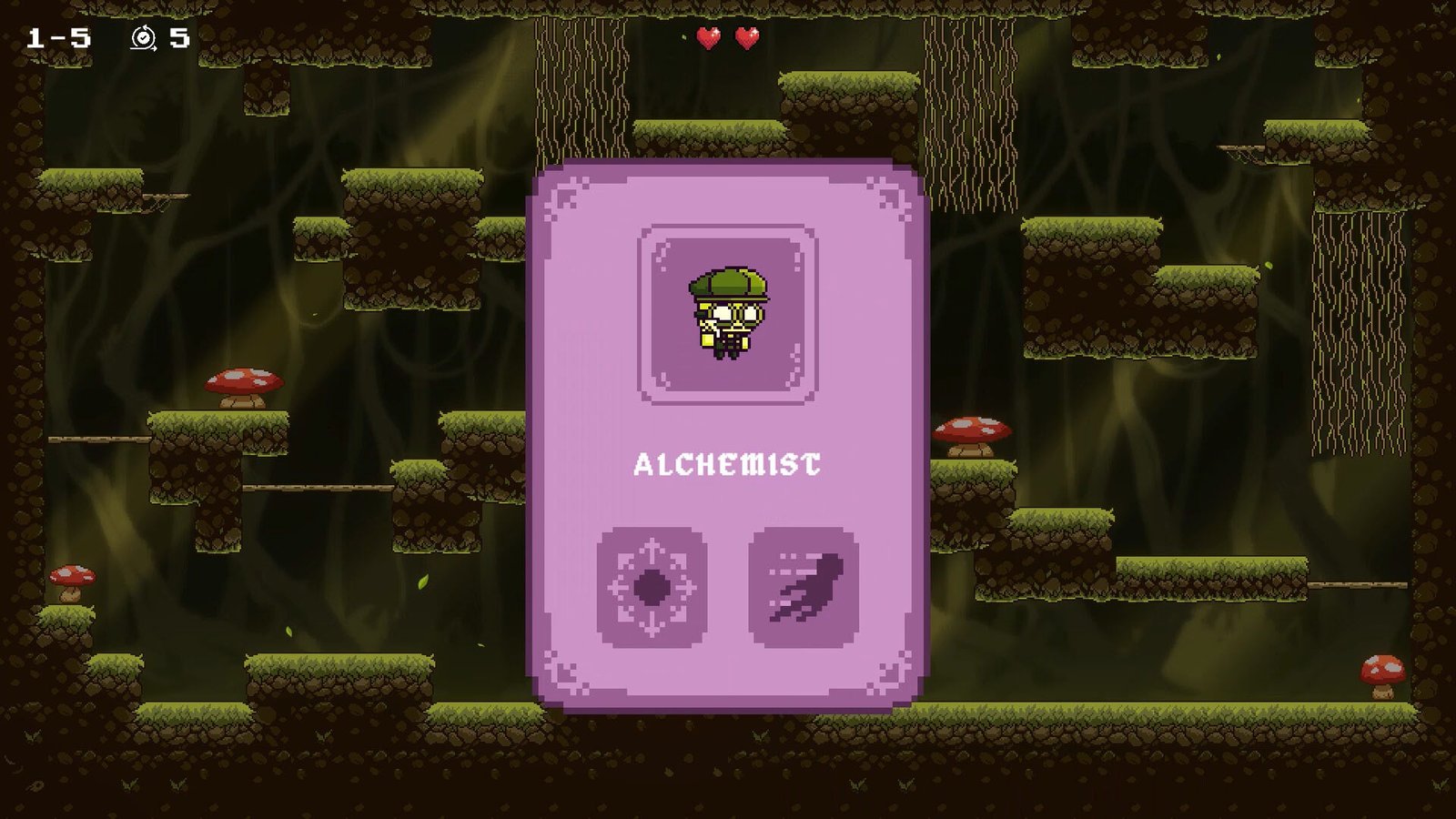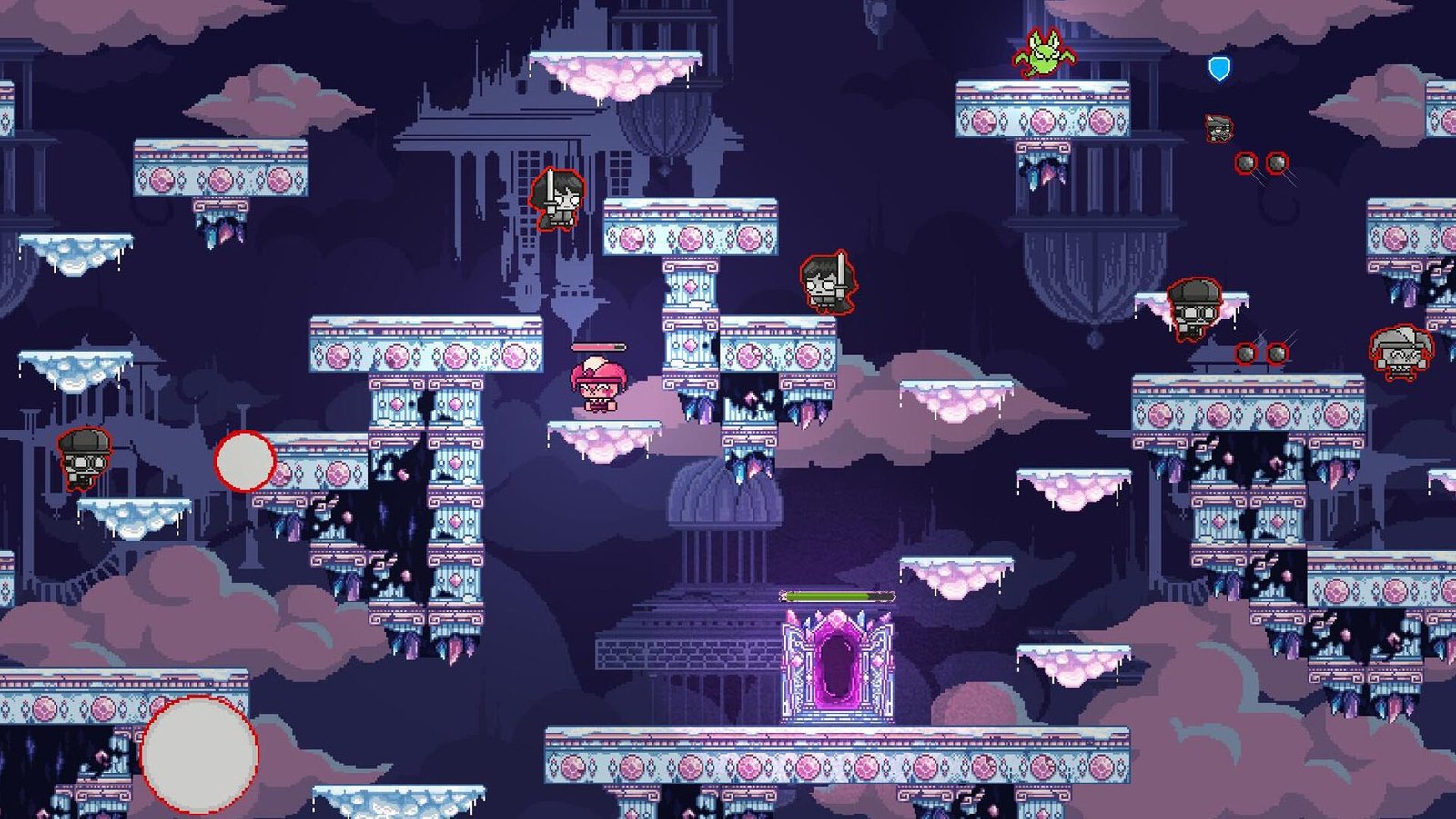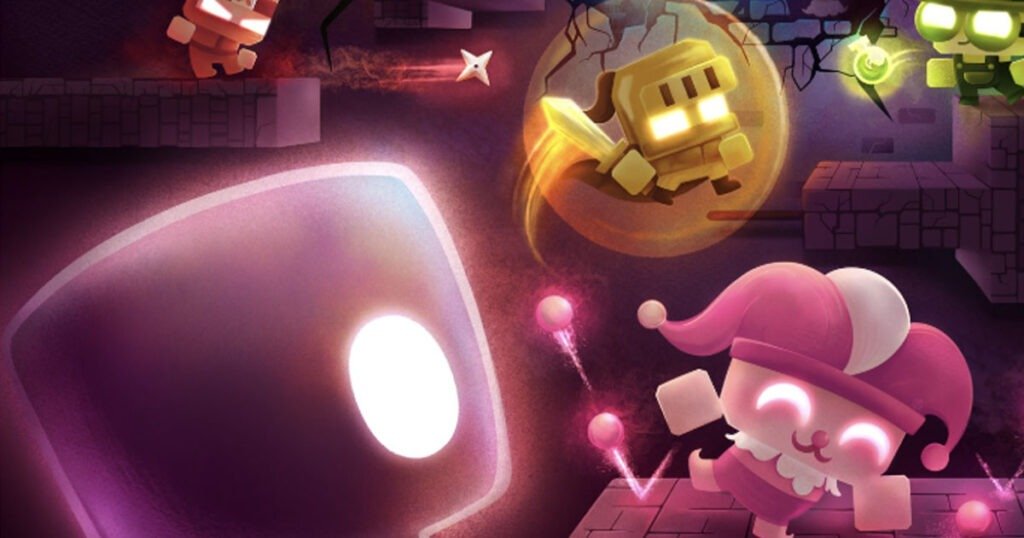Table of Contents
Fighting Your Own Ghosts
At IGDX 2025, there were plenty of impressive projects on show, but few combined mechanical precision and psychological tension like RAD: Repeat After Death, the intoxicating game from Exploding Soes. On paper, it’s an arcade action-platformer about clearing dungeons and slaying monsters. In practice, it’s a cleverly constructed puzzle of self-inflicted chaos — a game where every move you make becomes your worst nightmare.
The premise sounds simple: fight your way through a dungeon, slay the guardian, and move on. But each time you succeed in killing your foes, your previous actions return as spectral echoes. These are clones that replay every jump, attack, and dodge you made in your last run, all capable of killing the present you. The more you play, the more ghosts fill the screen, forcing you to outthink your own habits.
It’s fast, frustrating, and dangerously addictive.
Easy to Learn, Hard to Outrun

At first, the controls of RAD: Repeat After Death feel comfortably familiar, with just running and jumping, with attacks happening on a timer. You can pick a minimum of two classes per run, randomly cycling between them with each iteration in a level.
Each has distinct traits — the rogue’s speed, the wizard’s precision, the jester’s unpredictability — and has different attack patterns that are as crucial in eliminating enemies as it is for your own wellbeing. For example, the Rogue shoots straight in both directions, whereas the Alchemist throws an AOE flask.
Your goal is to clear the room and survive long enough to face the guardian. But with every attempt, you’re forced to dance between the phantoms of your own performance. Those perfect jumps you once made are now deadly obstacles; that errant shuriken you flung three iterations ago might return at the worst moment.
It’s a concept that’s easy to grasp but difficult to master — and one that captures the elusive “just one more run” spirit.
Where Precision Meets Progression

The structure keeps each run meaningful, even in the forest biome we played around in. Bouncy mushrooms, sprawling vines, and added challenges like illusions and turning the level dark demand split-second decisions.
Even after countless deaths, the loop doesn’t wear thin. Each loss carries both consequence and curiosity — an opportunity to improve or experiment. After multiple sessions and more than three hours of play, finally defeating the demo boss felt earned, a triumph over both design and muscle memory.
The additional Dungeon Trial mode, an endless challenge where I reached forty-one echoes before surrendering, cemented that sense of obsession.
A Loop Worth Living In
Beyond its mechanical hook, RAD: Repeat After Death teases a deeper mystery. Dialogue snippets hint at a purgatorial setting, where the protagonist must reconcile fragments of their past. While it wasn’t really a highlight for this build, it is comforting to know that all that dying is for a grander purpose.

There is also added depth in different permanent upgrades that can be bought to make life easier like a roguelite should, or powerful heirlooms that can bestow gamechanging benefits and transform your future runs.
Exploding Soes plans to release the full version by Q1 2026, expanding on its story and biomes. If the final game delivers the same balance of tension, satisfaction, and self-awareness as its demo, it may well become one of Indonesia’s standout indie exports. It’s rare to find a game that literally forces you to confront your own mistakes. RAD: Repeat After Death does precisely that, and never has failure felt more like progress.
A demo for the game is now available on Steam.

